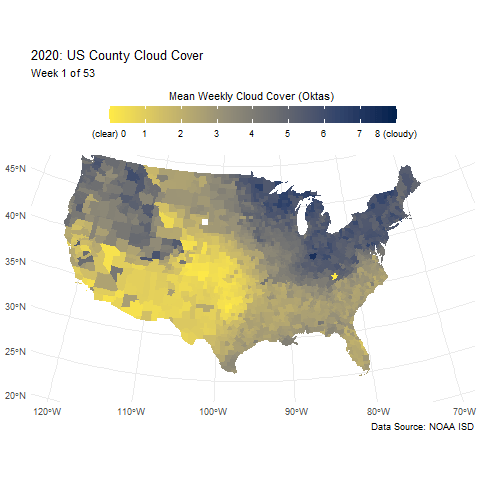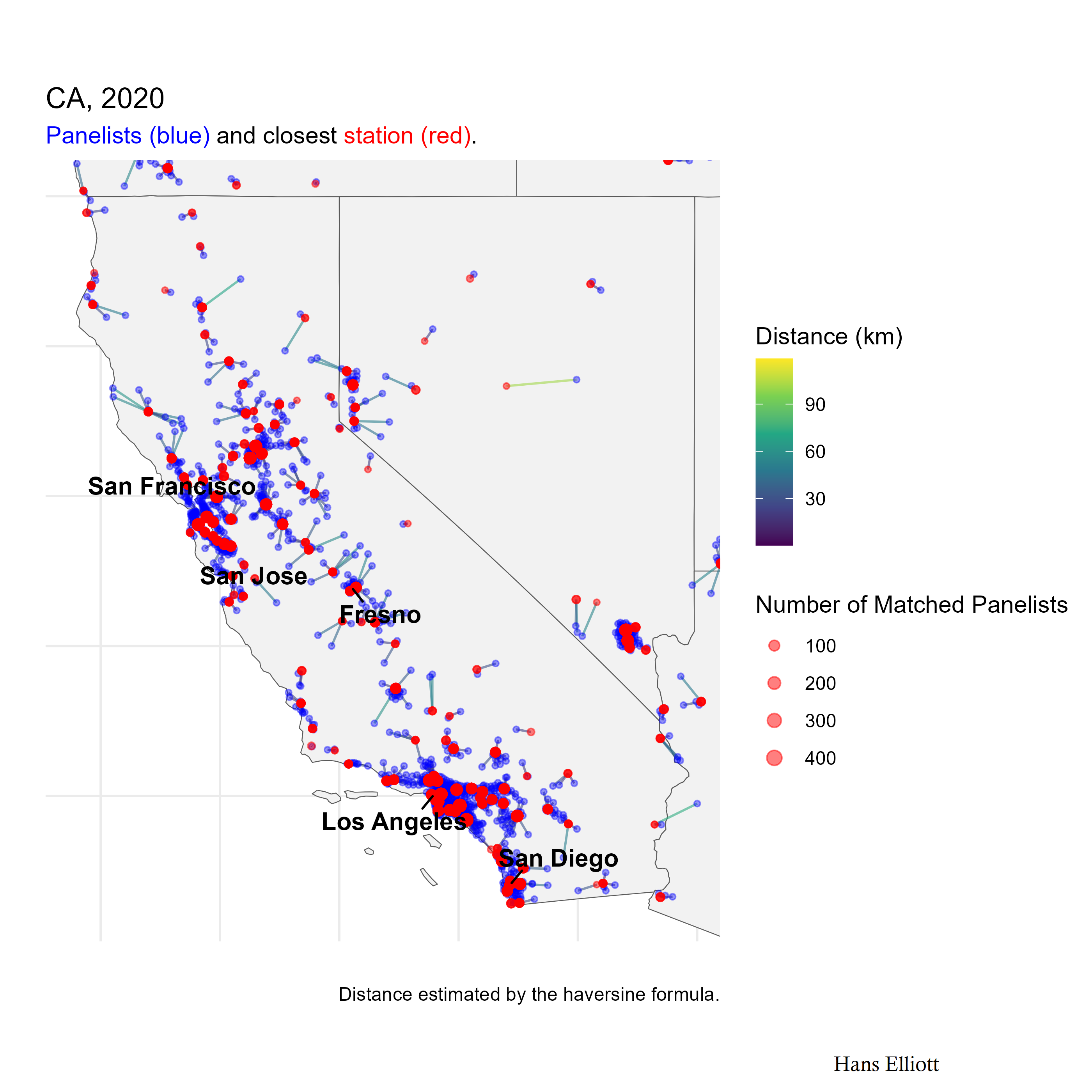Projects
Misc.
Quantitative Ecology - Single Species Growth Differential Equation Model
Research Code
I was working as a research assistant in the Department of Finance at the University of Oregon. I spent most days extracting and analyzing data and managing it all on our HPC cluster. Some of the code may be useful to other researchers who are interested in creating similair datasets.
One of my favorite projects has been collecting weather station data from the NOAA Integrated Surface Database and matching it to our subjects using a nearest-neighbor search. Here are some visuals:


Image Color Palette Extractor
Convert an image to an RGB color palette.
World Cup 2022 Simulation
I use historical data to fit a model which predicts result probabilities for a specific national-team matchup based on past matchup results, recent team performance, and FIFA ranking. Then I iteratively sample results from the probabilities and repeatedly fill out a bracket, saving the most common results over several thousand iterations.
Toxic/Rash Plant Classification
Used Python to webscrape an original dataset (now available on Kaggle) of common North American rash plants. Then used transfer learning to train a deep computer vision model which can classify plant images as either toxic or nontoxic with 86% test accuracy. This was a difficult task given its 'fine-grained' nature (differentiating between hard-to-distinguish object classes).
Deep learning from scratch
A basic neutral network package built in R. Shiny demo. Old blogpost.
Predicting the Punctuality of Zurich Transit
In this project we train regression and classification machine learning models to predict the punctuality of tram rides in the Zurich pubic transit network. Also see our public Kaggle dataset
Causal Inference Replication
Regression Discontinuity Replication: "New evidence on the impact of sustained exposure to air pollution on life expectancy from China’s Huai River Policy" (Ebenstein et al., 2017).